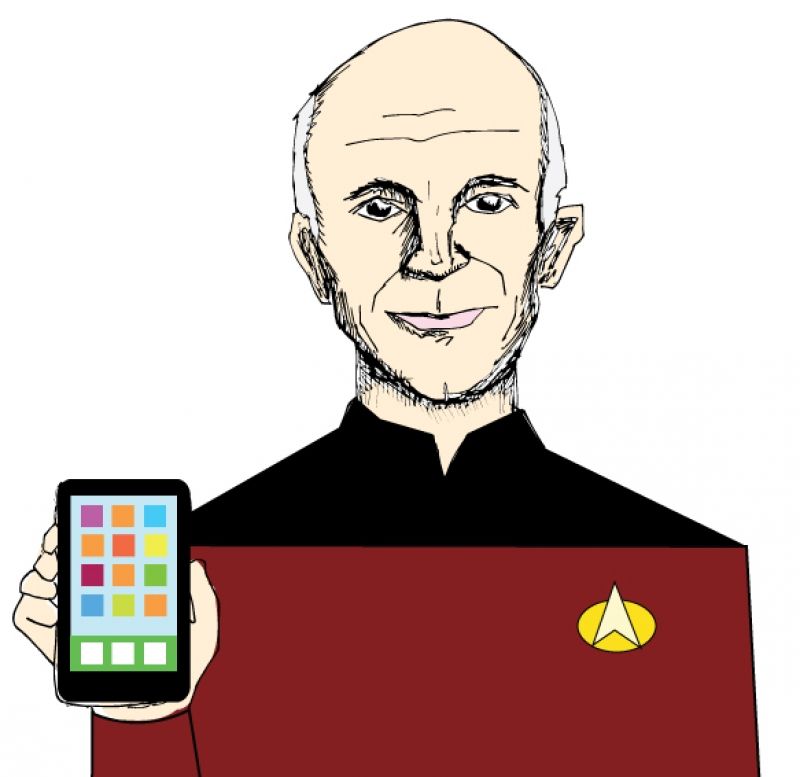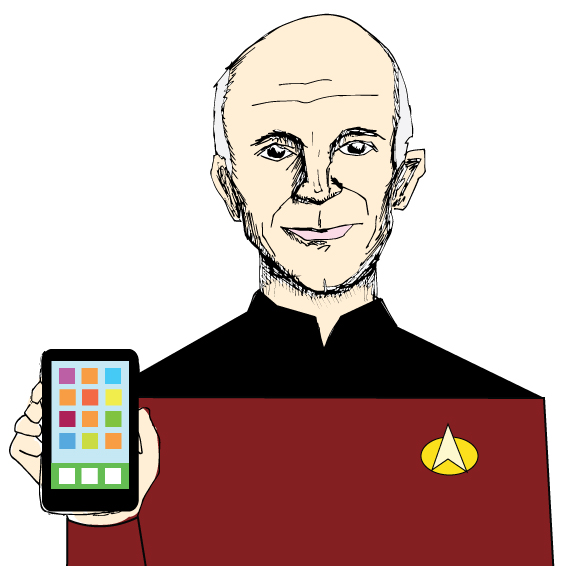There is much buzz about Apple’s new flat iOS 7 design. A lot of people are shocked by the new changes. For us, we question how this change will affect web design. Like any change in trend, web design follows certain trends and this decade seem to be marked by a move away from skeuomorphism and towards simpler flat design.
There is much buzz about Apple’s new flat iOS 7 design. A lot of people are shocked by the new changes. For us, we question how this change will affect web design. Like any change in trend, web design follows certain trends and this decade seem to be marked by a move away from skeuomorphism and towards simpler flat design.
The Last Decade – Skeuomorphism
What is skeuomorphism? Skeuomorphism is a technique that tries to convey other objects or materials. To this point, skeuomorphism has been used in Apple’s design through UIs that look like real work objects. In fact aside from just Apple, Skeuomorphism seemed to have marked the last decade of UI design in the desktop/mobile world.
The early 2000s were a different time in the web world. Advancements in web design during this time consisted of CSS’s rise, the development and acceptance of DHTML technologies such as JavaScript, and the production of more complex Flash based animations. It was a big leap from the basic tabular websites with little to no styling and blue underlined links. There was much focus on creating websites that pushed away from the archaic look of websites of the 90s. Skeuomorphism was a style that truly pushed this envelope and caught the user’s eye.
The 2000s also saw the creation of smartphones and tablets. This involved a new interactivity between the user and the device. Therefore, skeuomorphism was used in order to convey a certain familiarity with everyday objects when using these devices.
The Current Trend – Flat Design
Just as websites of the last decade tried to differentiate themselves from its predecessors, current websites are straying from skeuomorphism and moving towards simpler flat design. Every fad eventually goes out of style. Shiny buttons, drop-shadows, and natural textures are getting tacky.
Contemporary design and art stresses simplicity and minimalism, which evoke a certain sophistication. This attitude is now being applied to the web world and we are seeing more websites with greater negative space, flat interfaces, and unique typography.
In addition to interactive features, there is an influx of different devices and browsers, and a general increase in the size of websites. This only adds to the complexity of UI design. Websites have to meet greater criteria in order to function well. Therefore, it’s only natural for designers to simplify websites so that they’re easier to use and optimized for many purposes.
Also, the web is now maturing. The common person has grown up using the internet and a smartphone. Pixels on a screen are just as familiar to us as paper and ink. Therefore, the initial purpose of skeuomorphism, to connect users with familiar objects, is not as important as it used to be.
So What’s Next?
It’s tough to predict what’ll trend next in the web design world. I can guarantee that the web is going to become more complex. The possibilities are endless. As interactivity grows on websites, the importance of user interfaces will grow at an equal pace, if not greater. The demand for greater functionality and content will drive this for sure. Skeuomorphism was a way of enhancing user experience when the web was a teenager; or shall we say, when we as users were naive to the pixel.
As a company, we recognize the changes and the move away from skeuomorphism. In fact, we’ve never had an affinity for skeuomorphism. There are times when the use of skeuomorphism is playful and fun when presenting certain content. However, from a purely aesthetic standpoint it’s getting a bit tacky. Sure, drop shadows have their uses, but it’s been overdone. Just like those bell bottoms from the 70’s, skeuomorphism has lost its style. Who knows, skeuomorphism may make a comeback in the future, but for now I’d stay away from it. The 80’s are back baby!
Whatever you prefer, let us know if you’re looking for solid web design!

